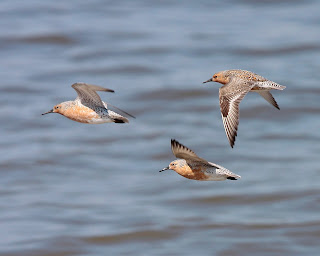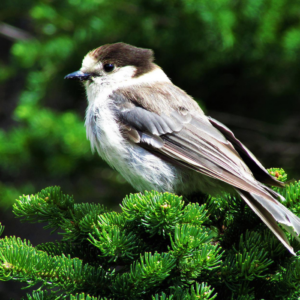Red Knot Suffers Rapid Decline: Latest Report
A new draft report on the status of the Red Knot has been released — and the news isn’t good.
Except for a slight increase seen in 2009, the number of rufa knots (an imperiled subspecies) wintering in Tierra del Fuego has been in decline for the last decade. This year’s update reports one of the sharpest declines yet, from 16,260 birds in 2010 to now 9,850 – a nearly 40% loss. There’s also apparently no evidence that horseshoe crab numbers are recovering; their eggs provide critical nutrition for knots as they refuel on the U.S. mid-Atlantic Coast en route to Arctic breeding grounds.
The draft report is available here.
The Red Knot is one of many bird species that stop over along the coasts of Hudson and James Bays before migrating south to destinations in the Caribbean, Central and South America. Protecting birds along their flyway – the route between breeding and wintering areas – is the cornerstone of global bird conservation. The health and integrity of these sites are important in maintaining stable and thriving populations of migratory birds. Engaging these northern communities is an important step toward protecting these birds.
That’s why Nature Canada’s manager of bird conservation, Ted Cheskey, has travelled repeatedly in the past year to the region, where we’re working with First Nations communities to find ways of protecting migratory birds that nest, breed and feed in Important Bird Areas in Cree homelands.




